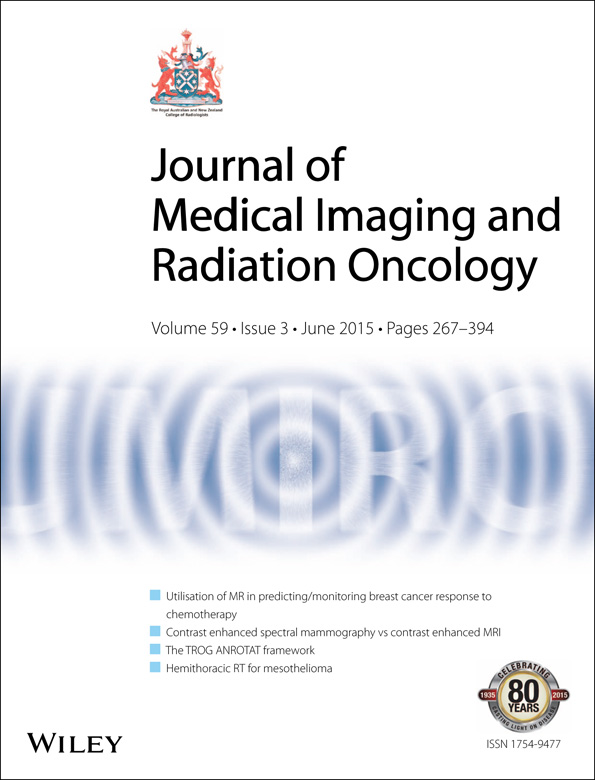Evaluation of the effect of zoom function on lesion detection by soft-copy reading of screening mammograms
Abstract
Introduction
This study aims to evaluate the effectiveness of zooming in improving screen-reader performance in reporting digital mammograms.
Method
Two experiments were conducted. In the first experiment, 5 readers were asked to report 59 two-view bilateral mammograms retrospectively with zooming function turned off. The second session was similar to the first one except that zooming was enabled. The task of readers was to assess if the mammograms were normal or abnormal and rate the confidence levels for each of the lesion they detected. The reader performances were evaluated via case sensitivity, lesion sensitivity, specificity, receiver operating characteristics (ROC) area under the curve (AUC) and jackknife free-response receiver operating characteristics (JAFROC) figure of merit (FOM).
Results
There was no significant improvement in overall reader performance in detecting abnormalities in zooming condition compared with no zooming in terms of case sensitivity (96% and 87%, P = 0.285) or lesion sensitivity (88% and 81%, P = 0.224). However, differences in ROC AUC and JAFROC FOM (P ≤ 0.05) were found in two readers when they performed the test set with zooming function.
Conclusion
The results suggested that the use of the zooming function did improve the performance of some readers in detecting abnormal cases.




